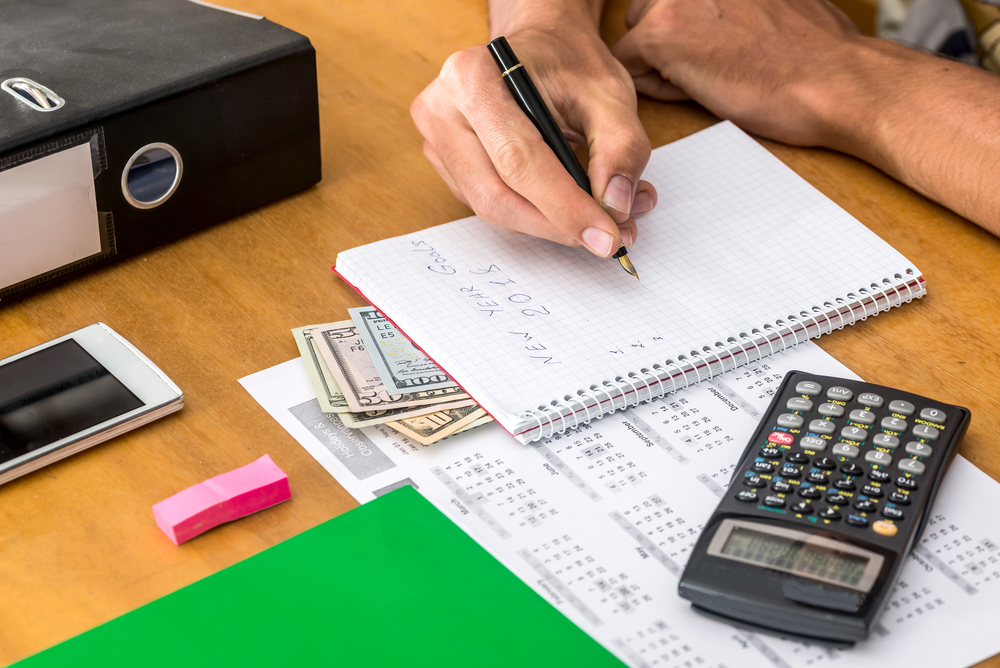 We are all growing to accept the rising cost of goods as a fact of life. Inflation is constantly happening, but people start to take notice when prices increase at such a rate it seems like they see a drastic difference in their spendings overnight. In 2021, the inflation rate was the highest seen in 40 years. The rising sticker prices on the items at the grocery store can sometimes be enough to make us put them back on the shelf. However, there is a way companies are tricking you into thinking you might not be losing as much money as you think, and it’s known as “shrinkflation.”
We are all growing to accept the rising cost of goods as a fact of life. Inflation is constantly happening, but people start to take notice when prices increase at such a rate it seems like they see a drastic difference in their spendings overnight. In 2021, the inflation rate was the highest seen in 40 years. The rising sticker prices on the items at the grocery store can sometimes be enough to make us put them back on the shelf. However, there is a way companies are tricking you into thinking you might not be losing as much money as you think, and it’s known as “shrinkflation.”
Shrinkflation Defined
While inflation is defined as increasing prices creating a decrease in the value of a unit of currency, shrinkflation is a relative term to the same concept. Instead of the ticket price of an item increasing drastically, the quantity or size of an item is subtly decreased while the ticket price remains the same, or only slightly increases. For example, if a roll of paper towels would normally cost $3.25 for 100 sheets, the brand could adjust the quantity to 85 sheets for the same price. It probably wouldn’t drastically affect the size of the roll, so unless you’re paying close attention, you might not notice that you’re getting less value for your money. Shrinkflation is like inflation in disguise.
Shrinkflation Causes
A direct cause of shrinkflation would be increased production costs due to overall inflation across multiple markets. It costs companies more money to put their products on the shelves and their profit margins go down, which generally is not good for business. Charging the same price for a product with decreased weight, volume, or quantity helps to avoid too much decrease in profit margin and keeps people at the top of the company making lots of money.
Another influence of shrinkflation is competition in the market. While “Brand A” of paper towels might increase the price of a roll of 100 sheets to $3.50, if “Brand B” keeps their ticket price at $3.25 for 85 sheets, Brand B might just win your business if you’re not looking too closely.
How to Be Aware of Shrinkflation
One way to make sure you can get the best value for your money is to look at the price per unit of items. If we consider our paper towel brand example, Brand A paper towels cost $0.035 per sheet, while Brand B paper towels cost $0.038 per sheet. Granted that’s a very slight difference for the sake of the argument, but you can see that just because the ticket price of an item is lower, it’s not always the best value for your money. It just takes a quick calculation in the supermarket aisle to figure out which option gives you the best bang for your buck.
Conclusion
Inflation is an economic normality in our modern world and it always will be, and product companies and brands will always be trying to get the best possible profit margins to line their pockets. The good news is that the rules of being a smart consumer will probably never change, and strategies to get the best possible value for your money will always be helpful.






